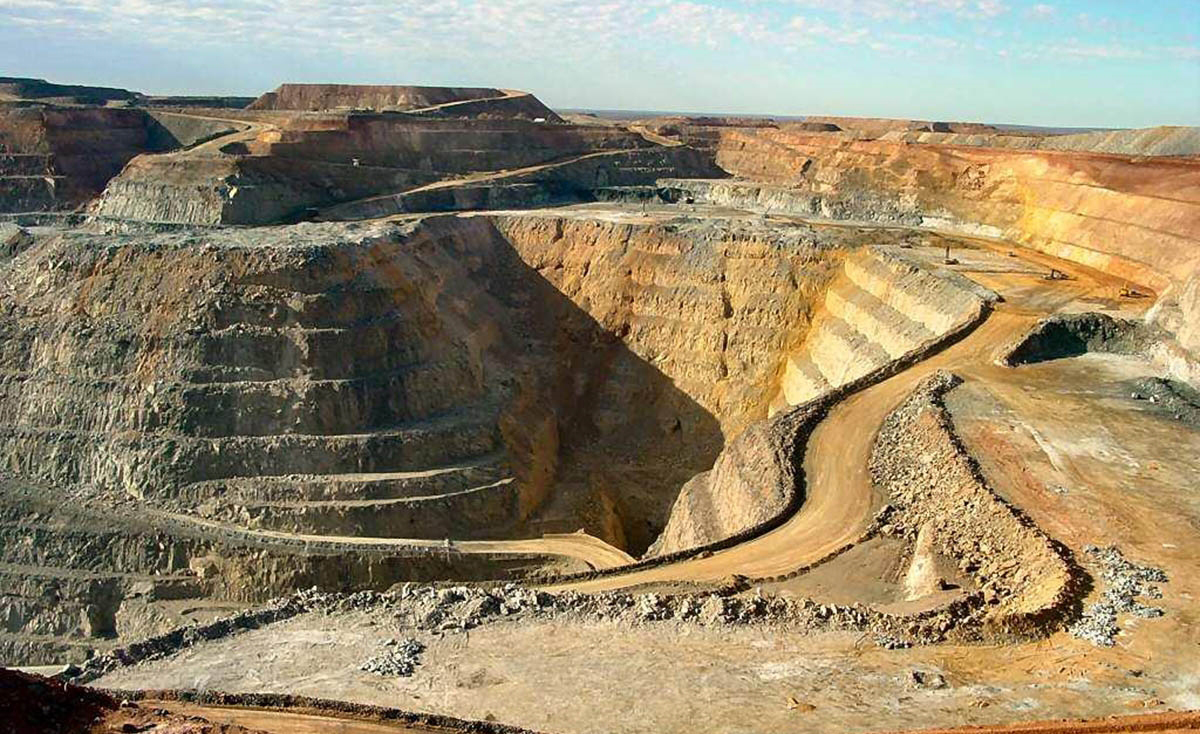The Iranian lead and zinc industry needs 12 trillion rials ($315.78 million) of investment for development, according to managing director of Iran Zinc Mines Development Company, Ardeshir Sa’d-Mohammadi.
“The [lead and zinc] industry is a highly potent investment opportunity with a rate of return reaching up to 40%,” the official was quoted as saying by SMT Daily.
According to the official, global zinc production currently stands at 13 million tons per year with Iran accounting for about 1% of the figure, making it the world’s 19th and Asia’s seventh largest producer of the metal. He noted that the industry has the capacity to boost production, considering Iran’s sizable zinc reserves.
Iran’s two largest zinc mines are Mehdiabad, located in the central Yazd Province, with reserves of 400 million tons of ore grading at 2% zinc and Angouran, in the northwestern Zanjan Province, with reserves of 9 million tons of ore grading at 26% zinc and 6% lead.
The extraction capacity of Angouran Mine increased from 0.7 million to 1 million tons per year in 2014. In 2015, a total of 750,000 tons of zinc and lead ore were extracted from the mine. At such a rate, the mine’s reserves would be exhausted by 2027.
Based on plans by the Ministry of Industries, Mining and Trade, after the zinc deposits in Angouran Mine run out, Mehdiabad Mine is expected to become the main supplier of lead and zinc to domestic industries.
Zinc is used in alloys such as brass, nickel, silver and aluminum, and also in galvanizing steel structures. Furthermore, the metal is widely used in the manufacture of products such as paint, rubber, cosmetics, pharmaceuticals, plastic, ink, soap, batteries, textile and electrical equipment.
Iran’s per capita zinc consumption stands at about 1.14 kg, compared to about 5.9 kg for West European countries, 3.4 kg for North America and 2.5 kg for China.
According to Sa’d-Mohammadi, Iran has to boost exports besides increasing production, as the limited local market will not be able to absorb the industry’s output.
In 2015, Iran’s zinc exports amounted to 125,100 tons worth $197 million, whereas imports only reached 49,300 tons.
The outlook looks bright for Iranian zinc exporters in international arenas. The drop in global zinc mining output, which started in mid-2016, continued up to this year and caused a tight market condition, particularly for zinc concentrate.
The metal hit a record shortage in 2016, according to the International Lead and Zinc Study Group. It registered a deficit of 286,000 tons last year, while global demand for the metal rose 3.6%.
Confirmation of decreasing supply, in combination with better-than-anticipated demand driven by the recovery of the Chinese real-estate and global automotive markets, resulted in destocking both zinc concentrate and metal during the year. Consequently, zinc is now trading at the highest level in more than eight years.
Spot zinc prices exceeded $2,800 per ton this month from $1,600 per ton in February 2016, according to data by London Metal Exchange.


